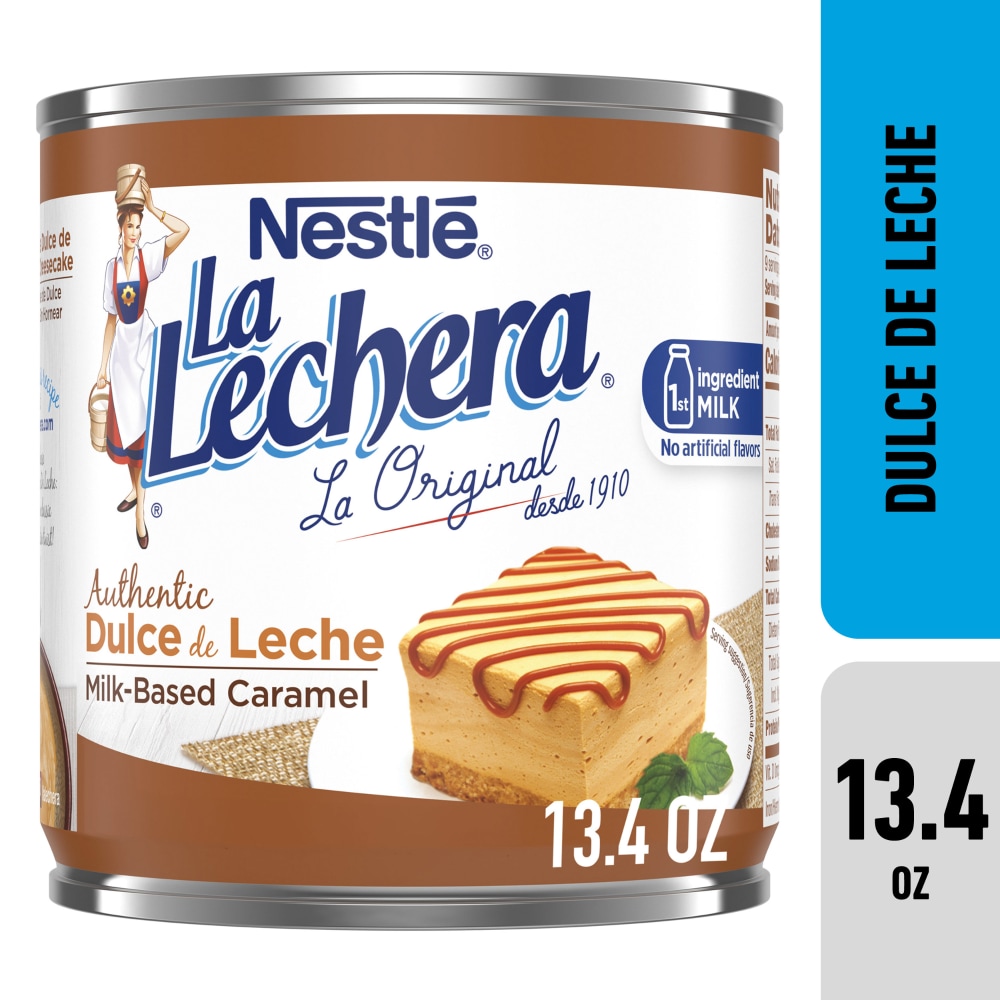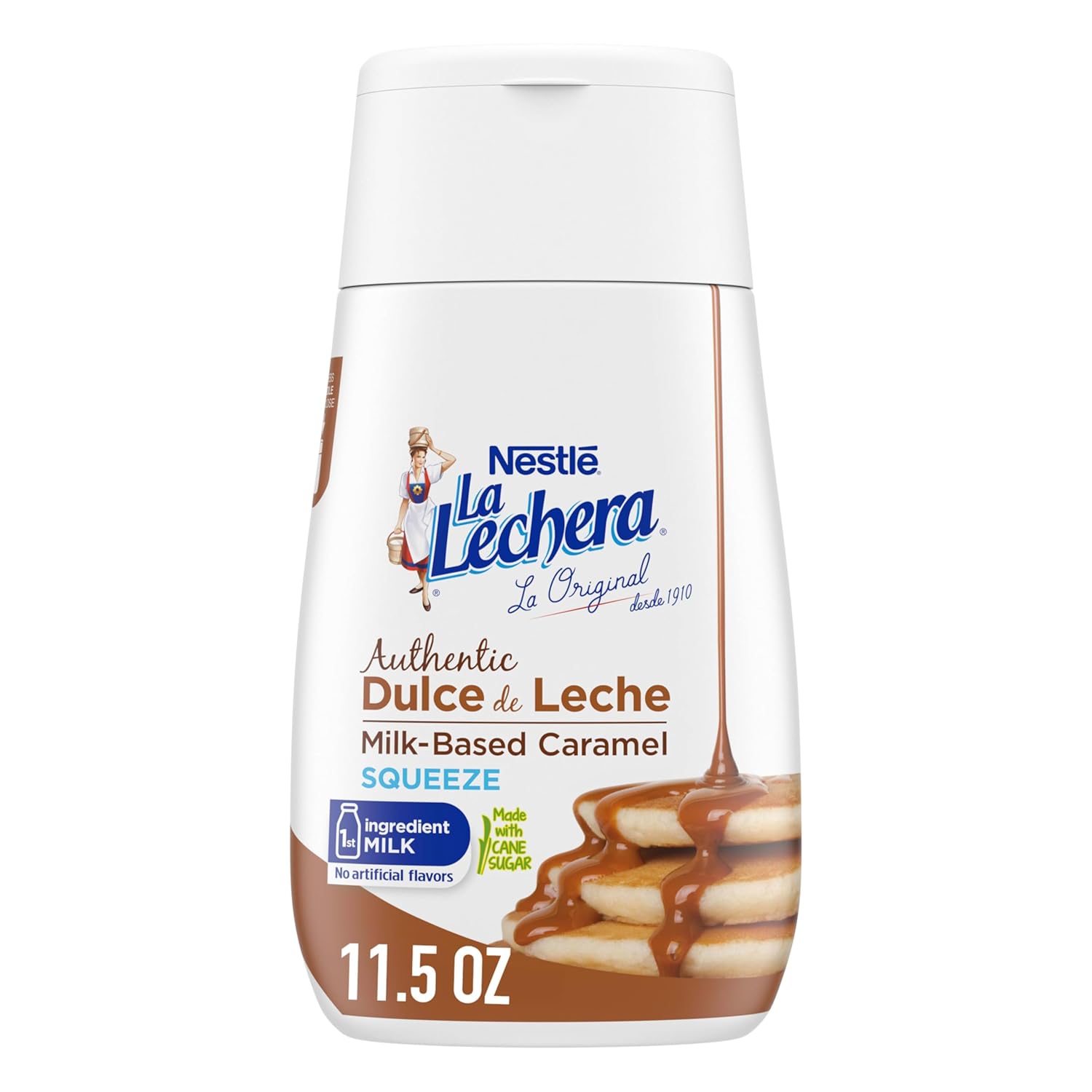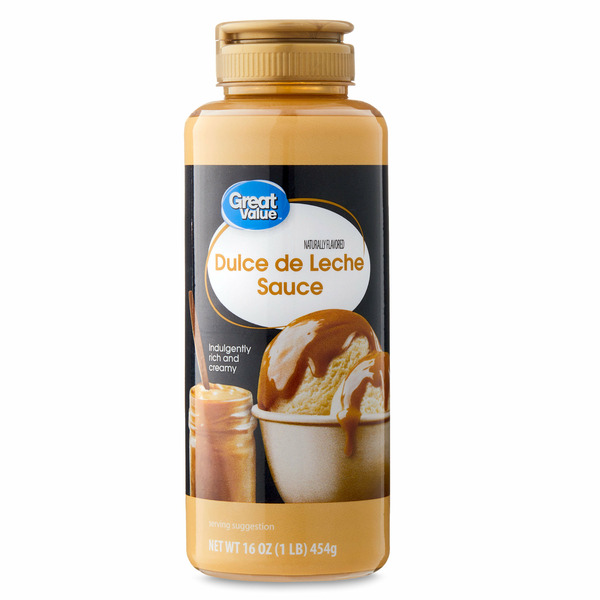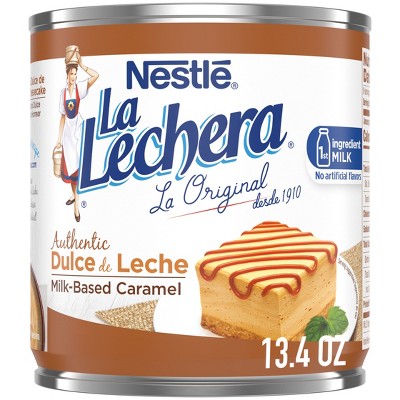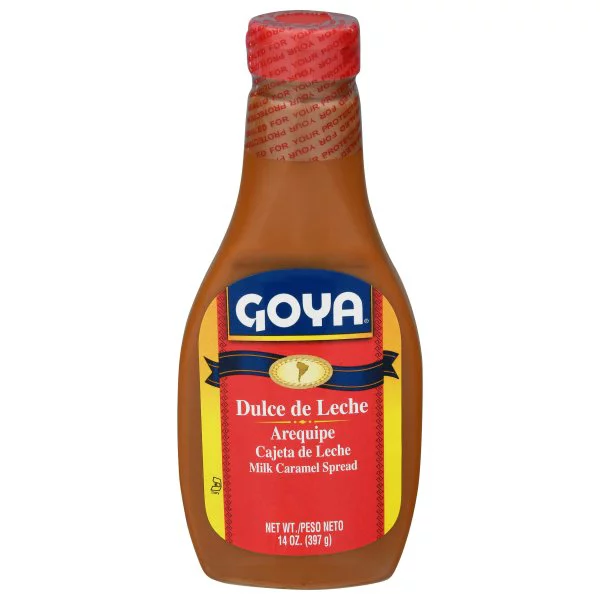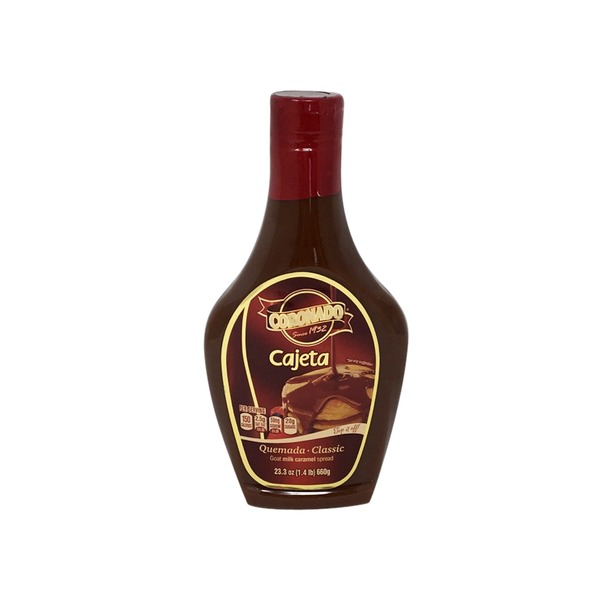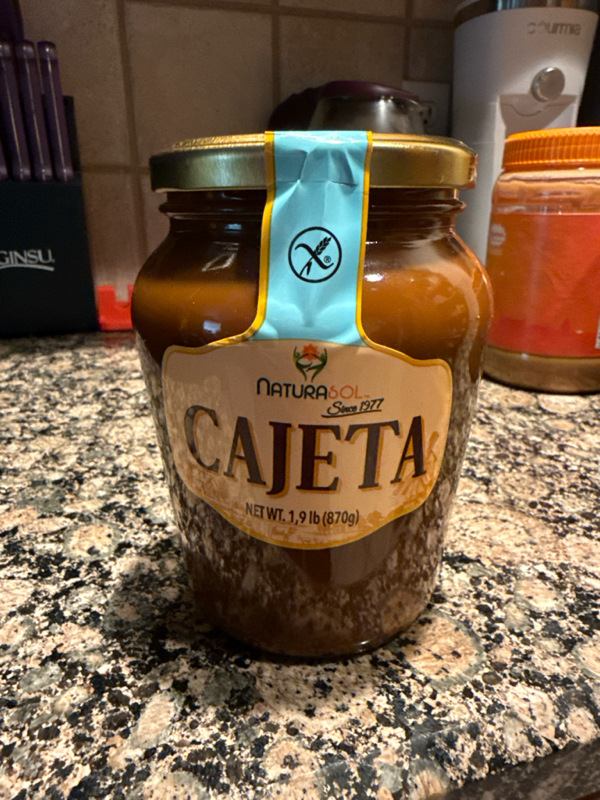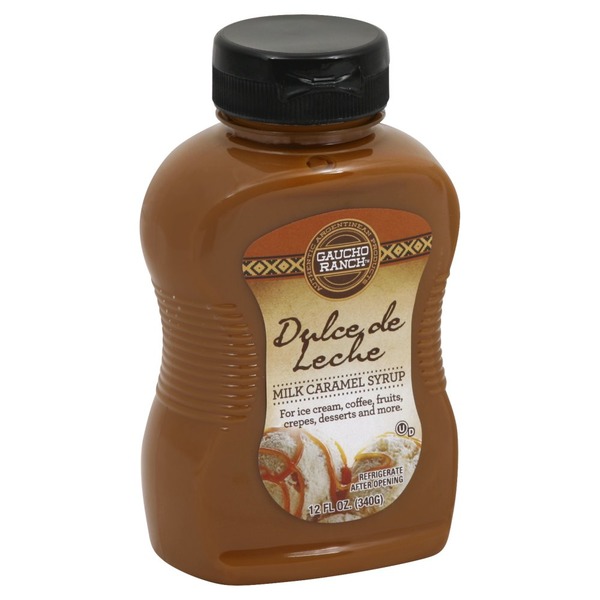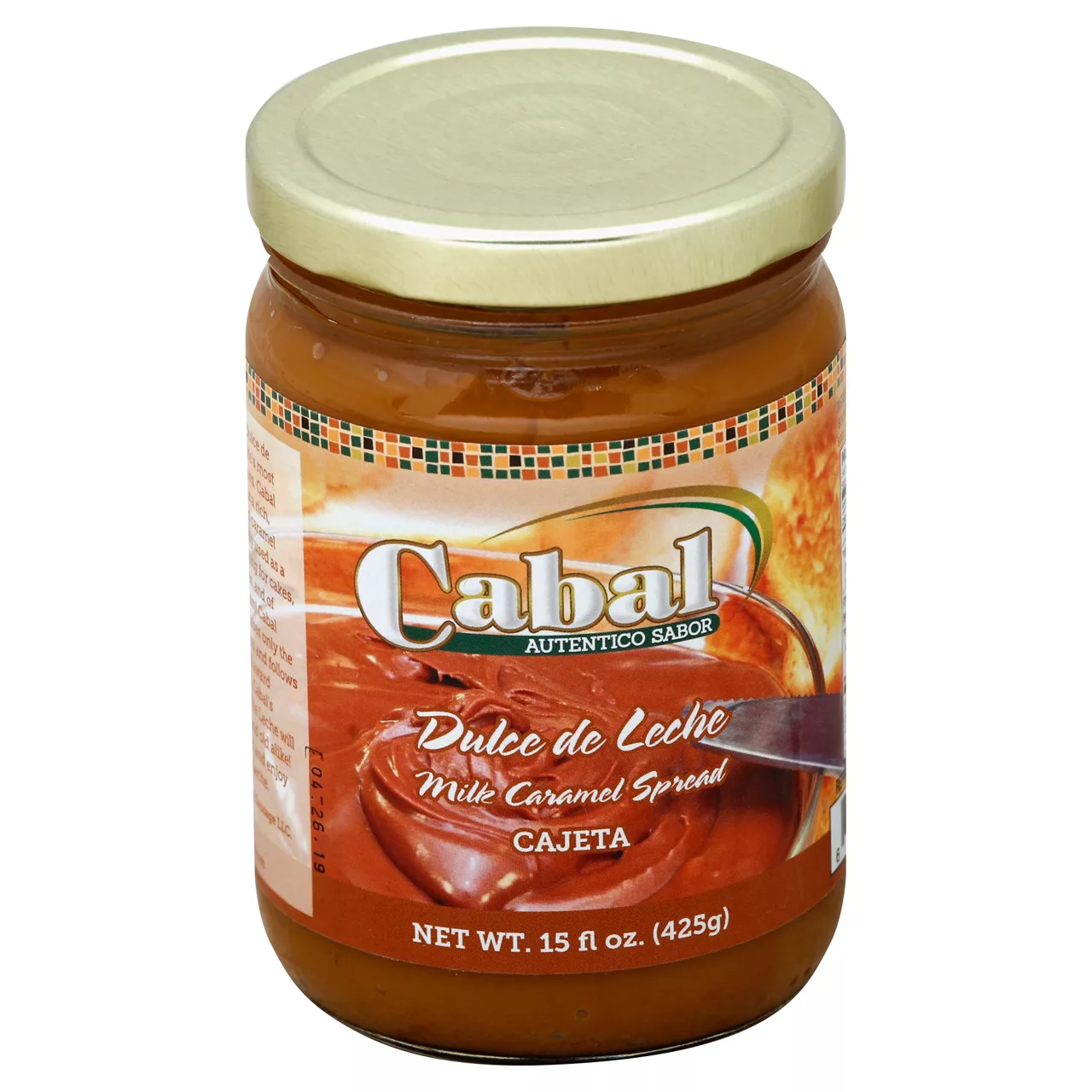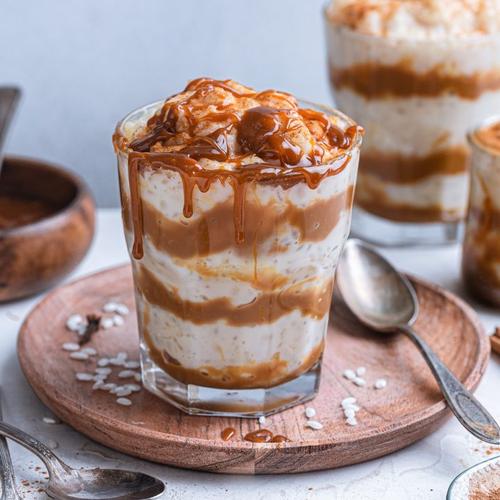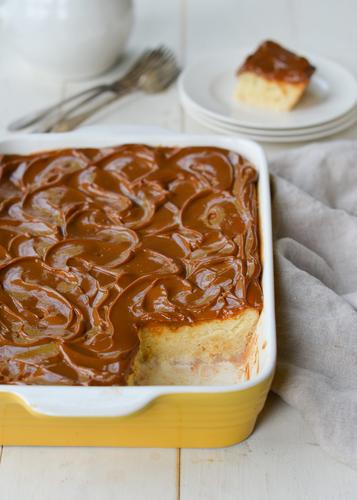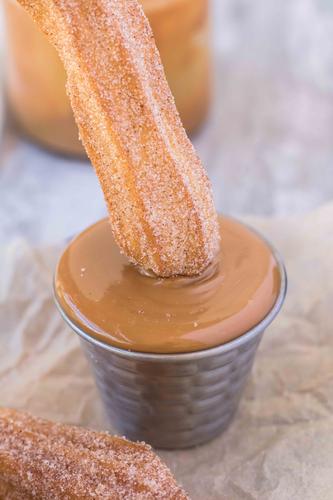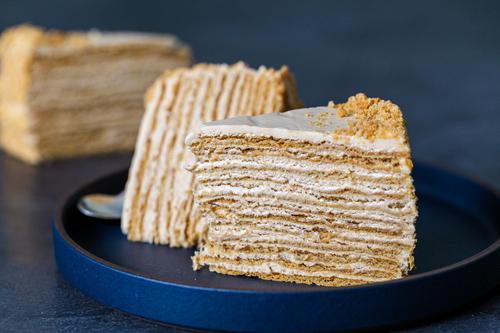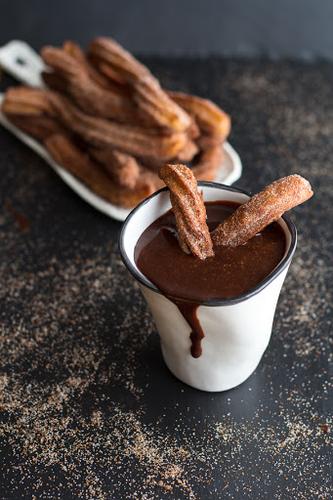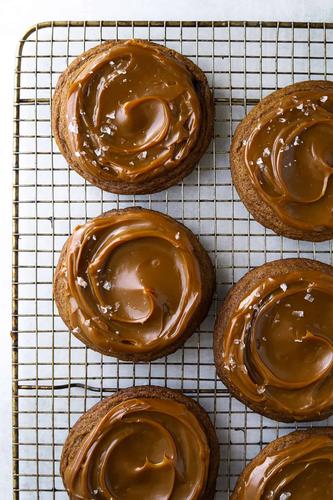Dulce De Leche
Dulce de leche is a rich, creamy caramel-like sauce with a sweet, distinctive flavor hailing from Latin America. It is made by simmering milk and sugar, resulting in a thick, luscious aromatic dessert sauce. Dulce de leche is a popular culinary treasure that has become a favorite across the world for its luxurious taste and versatility in various sweet dishes.
Home cooks and consumers adore dulce de leche for its ability to elevate a wide range of desserts, from drizzling atop ice cream to incorporating it into pastries, cakes, cookies, and sweet beverages. Its smooth texture and deep flavors make it a delectable component in countless recipes, bringing an indulgent touch to the baking and dessert world.
80%
CARBS
11%
FAT
10%
PROTEIN
131 Dulce De Leche Products
Nestle La Lechera Dulce de Leche Milk-Based Caramel
Nestlé La Lechera Dulce De Leche Milk Based Caramel Sauce, Squeeze Bottle
Great Value Dulce de Leche Sauce
Great Value Dulce De Leche Sauce
Nestle La Lechera Dulce de Leche Milk-Based Caramel
Dulce De Leche, Milk Caramel Spread
Coronado Dulce De Leche Topping Made with Real Goat's Milk, Sweet Cajeta Sauce, 1 Pound 7.28 Ounce Squeeze Bottle
Cajeta
Gaucho Ranch Dulce De Leche Milk Caramel Syrup
Cabal Milk Caramel Spread, Dulce de Leche
3 Recipes for Dulce De Leche
Used In 14 Recipes
1
Dulce De Leche Crème Caramel
Dulce de Leche Rice Pudding
36
Tres Leches Cake with Dulce de Leche Glaze
30
The Best Air Fried Churros
3,258
Russian Honey Cake
1
Mexican Beer Spiked Churros with Chocolate Dulce De Leche.
5
Dulce de Leche Cookie Bars
1
Dulce de Leche Ginger Molasses Cookies
Dulce De Leche Is Frequently Used With
Dulce De Leche FAQ
Dulce de leche is a common ingredient in many delicious desserts and treats, particularly in Latin American cuisine. However, people often struggle with its versatile usage and preparation methods. When cooking with dulce de leche, it's crucial to balance its rich sweetness with other elements of the dish. Too much can easily overwhelm other flavors.
One common mistake is attempting to rush the process when making homemade dulce de leche. The traditional method involves simmering milk and sugar for a significant amount of time, under constant attention to prevent burning. Some home cooks might be tempted to increase the heat for a quicker result, but this only risks ruining the texture and taste.
Getting the most out of dulce de leche involves using it as a complement to other ingredients. It pairs excellently with flavors that can withstand its sweetness such as strong coffee, dark chocolate, and robust cheeses.
A handy tip in working with this ingredient is to use it in layers both in flavor and in baking. Building the sweetness gradually can make the overall dessert much more enjoyable. It's also excellent as a filling or an unexpected drizzle inside pastries, adding a delightful surprise to every bite.
Is dulce de leche the same as caramel?
Can I make dulce de leche at home?
Why is my homemade dulce de leche grainy?
How can I use dulce de leche in a recipe?
What pairs well with dulce de leche?
Can I use condensed milk to make dulce de leche?
Is dulce de leche gluten-free?
Can I use dulce de leche instead of caramel in a recipe?
How can I make my homemade dulce de leche faster?
Why is my dulce de leche darker than the one I buy from the store?
Expiration & Storage Tips
When does dulce de leche expire?
Unopened, a store-bought jar of dulce de leche can last up to a year past the printed date if stored in a cool, dry place. This longevity makes it a handy pantry staple for occasional dessert enhancements. Once opened, it should be kept in the refrigerator and will stay good for about 2-3 weeks. If you've made homemade dulce de leche, you can keep it refrigerated for up to a week. While freezing is an option, it's not commonly done as it can slightly affect the texture, but if needed, it could extend the lifespan to about 3 months.
How do you tell if dulce de leche is bad?
If dulce de leche has gone bad, you may notice a number of changes. First of all, it might develop a darker color and hard, crystallized lumps. It can also develop an off smell - something fermented or sour, which is not typical of its usual sweet, creamy aroma. Finally, if you see any signs of mold, do not consume it and discard the product immediately.
Tips for storing dulce de leche to extend shelf life
• Always store open jars in the refrigerator. Unopened jars can be kept in a cool, dry place.
• Keep the lid on tight when not in use to stop any unwanted bacteria from contaminating your sweet treat.
• Use a clean, dry spoon for every serving to avoid introducing germs into the jar.
• If you won't use large quantities within the recommended refrigeration timeframe, consider freezing it in small amounts in an airtight container or ice-cube trays for single serves.
• Homemade dulce de leche should always be stored in the fridge and consumed within a week, as it lacks the preservatives found in commercially produced versions.
EXPIRES WITHIN
10 - 15
MONTHS
Substitutes

Caramel Sauce

Hot Fudge Topping

Butterscotch Sauce

Caramel Flavoring Syrup

Chocolate Sauce

Peanut Butter Topping

Chocolate Caramel Sauce

Chocolate Peanut Butter Topping

Chocolate Syrup

Sugar Free Chocolate Sauce
See All
Health Info
Macros
8g
CARBS
1g
FAT
1g
PROTEIN
Allowed on these diets
LOW FAT
HIGH CALCIUM
VEGETARIAN
GLUTEN FREE
Contains these allergens
MILK

